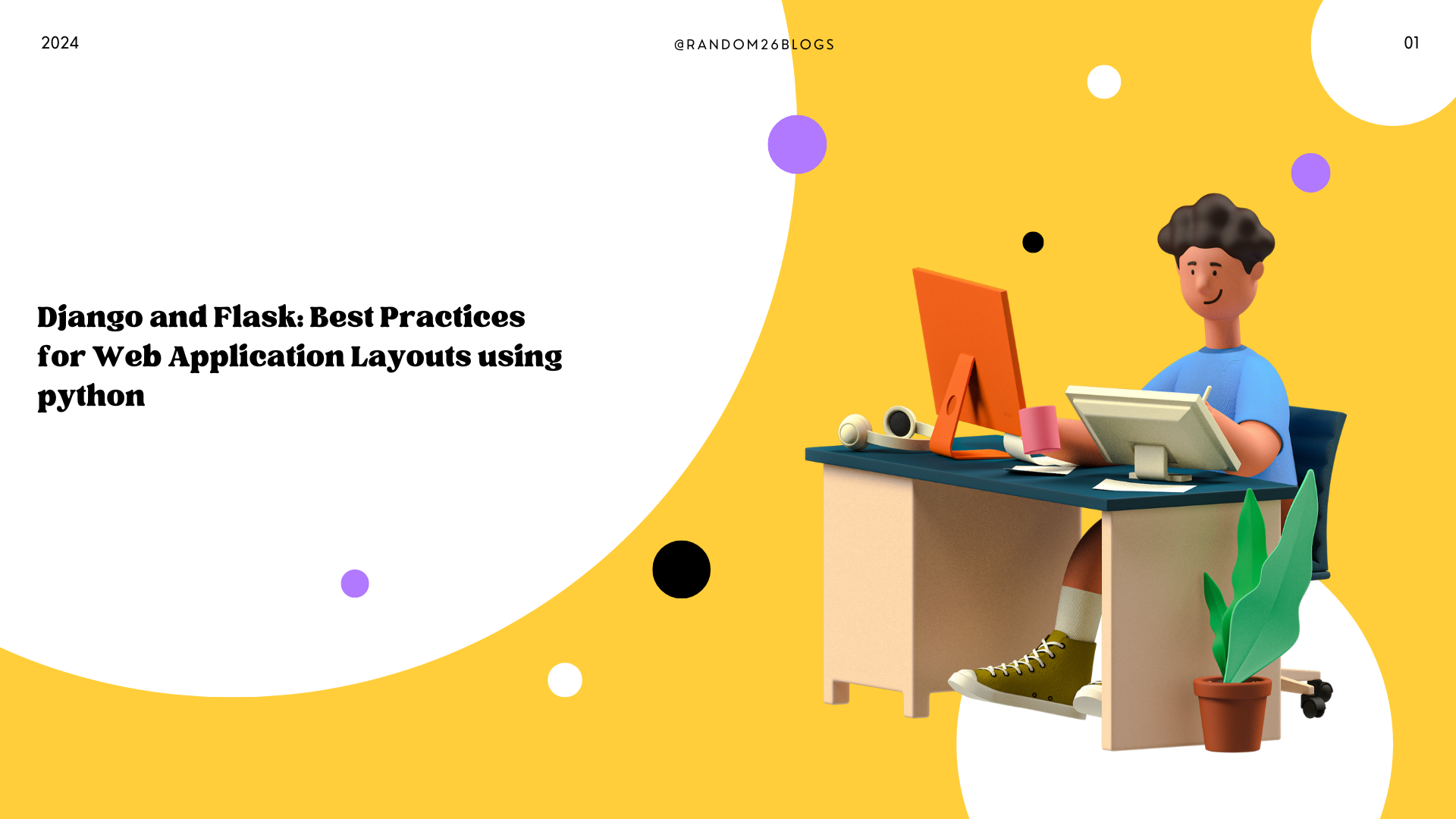
Table of Contents
Python is indeed flexible in its application layouts, which can be both a blessing and a challenge, especially for new developers. Here’s a breakdown of some common Python application layouts across different use cases, such as command-line applications, one-off scripts, installable packages, and web applications.
Command-Line Application Layouts
1. One-Off Script
For simple scripts that don’t require installation or dependencies:
helloworld/
│
├── .gitignore
├── helloworld.py
├── LICENSE
├── README.md
├── requirements.txt
├── setup.py
└── tests.py
- helloworld.py: The main script.
- LICENSE: Specifies the licensing.
- README.md: Provides documentation for the application.
- requirements.txt: Lists dependencies.
- setup.py: Handles installation.
- tests.py: Contains tests for the script.
2. Installable Single Package
When you have additional helper modules and want to package your application:
helloworld/
│
├── helloworld/
│ ├── __init__.py
│ ├── helloworld.py
│ └── helpers.py
│
├── tests/
│ ├── helloworld_tests.py
│ └── helpers_tests.py
│
├── .gitignore
├── LICENSE
├── README.md
├── requirements.txt
└── setup.py
- helpers.py: Contains supporting functionality.
- helloworld/init.py: Marks
helloworldas a package. - tests/: Organized structure for testing various modules.
3. Application with Internal Packages
For larger applications with internal packages:
helloworld/
│
├── bin/
│
├── docs/
│ ├── hello.md
│ └── world.md
│
├── helloworld/
│ ├── __init__.py
│ ├── runner.py
│ ├── hello/
│ │ ├── __init__.py
│ │ ├── hello.py
│ │ └── helpers.py
│ │
│ └── world/
│ ├── __init__.py
│ ├── helpers.py
│ └── world.py
│
├── data/
│ ├── input.csv
│ └── output.xlsx
│
├── tests/
│ ├── hello/
│ │ ├── helpers_tests.py
│ │ └── hello_tests.py
│ │
│ └── world/
│ ├── helpers_tests.py
│ └── world_tests.py
│
├── .gitignore
├── LICENSE
└── README.md
- bin/: Holds executable scripts.
- docs/: Stores project documentation.
- data/: Contains input/output files.
- tests/: Structured similarly to the application’s package structure for organized testing.
Web Application Layouts
1. Django Project Layout
Django is more opinionated, with a predefined project and app structure:
project/
│
├── project/
│ ├── __init__.py
│ ├── settings.py
│ ├── urls.py
│ └── wsgi.py
│
└── manage.py
After adding apps to a Django project, the structure grows:
app/
│
├── migrations/
│ └── __init__.py
│
├── __init__.py
├── admin.py
├── apps.py
├── models.py
├── tests.py
└── views.py
2. Flask Project Layout
Flask doesn’t enforce a strict structure, but a common layout might look like:
project/
│
├── app/
│ ├── __init__.py
│ ├── routes.py
│ ├── models.py
│ └── static/
│ └── templates/
│
├── config.py
├── run.py
├── requirements.txt
└── tests/
- app/: Contains the core of your Flask application.
- static/ and templates/: For CSS, JavaScript, and HTML templates.
- config.py: Configuration settings.
- run.py: The entry point of the application.
Django and Flask: Best Practices for Web Application Layouts using python
These layouts serve as foundational templates for your Python projects. You can modify them to suit your specific needs, but always aim for clarity and maintainability. Happy coding!







Thank you for your sharing. I am worried that I lack creative ideas. It is your article that makes me full of hope. Thank you. But, I have a question, can you help me?